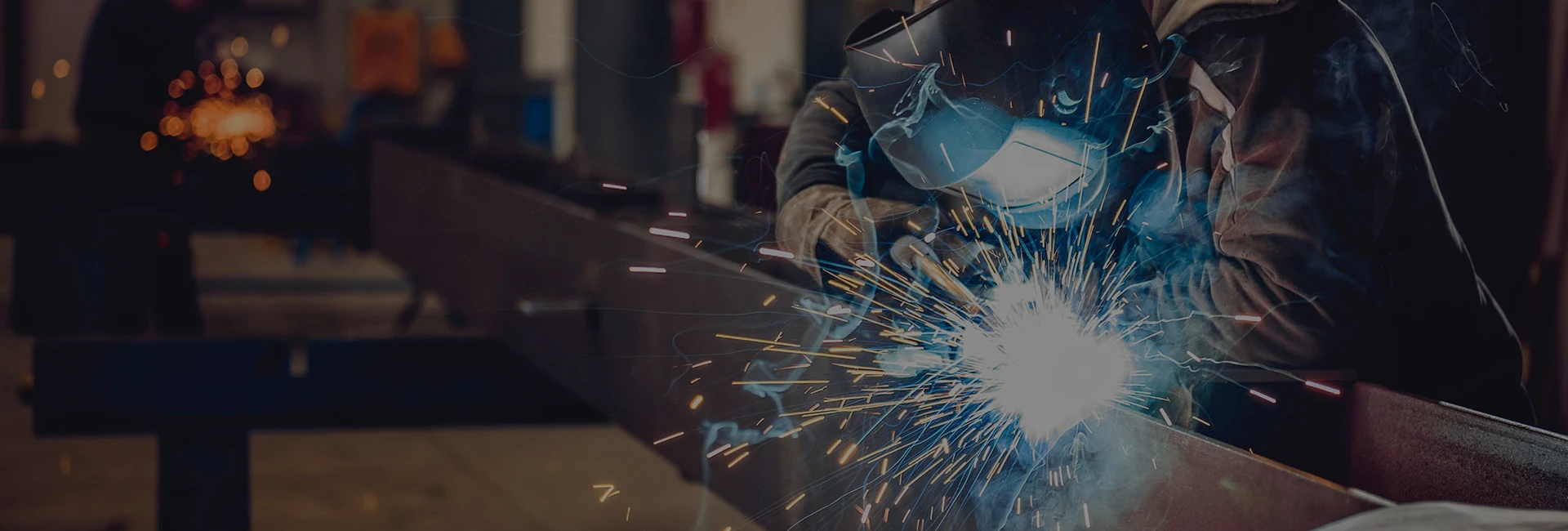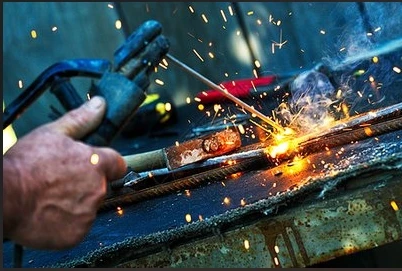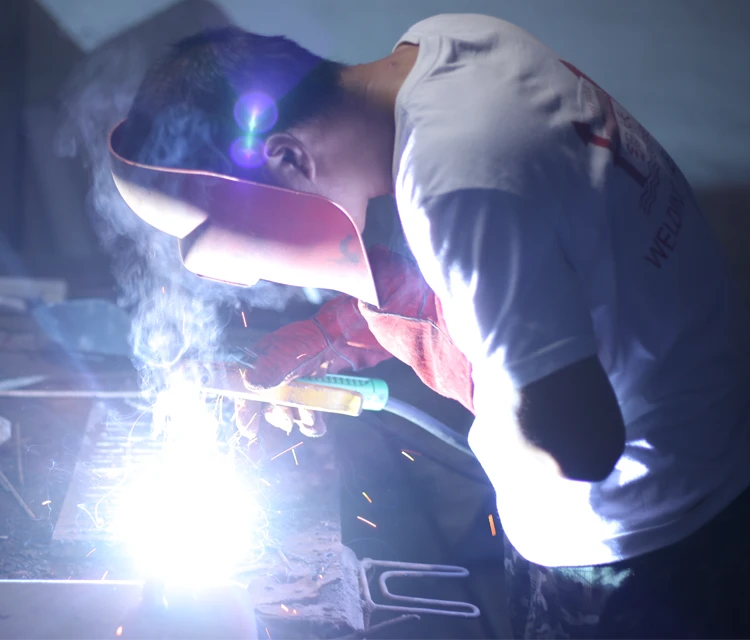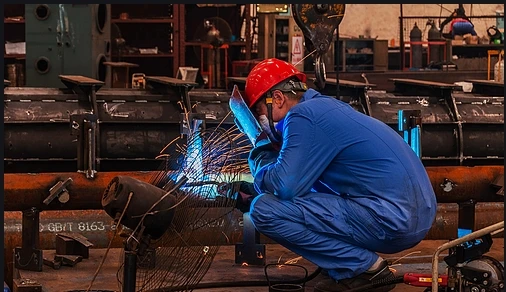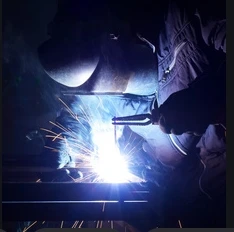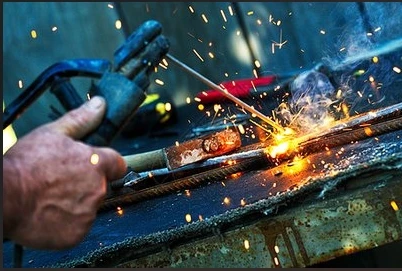E316L In Pharmaceutical Industry Equipment Design
Th8 . 29, 2025 15:19
The pharmaceutical manufacturing industry operates under exceptionally stringent requirements. Purity, sterility, and absolute reliability are non-negotiable. Equipment – from reactors and fermenters to piping systems and storage vessels – must withstand aggressive chemicals, rigorous cleaning protocols (CIP/SIP), and prevent any contamination that could compromise product safety. Material selection, and crucially, the welding processes used to fabricate this equipment, are foundational to meeting these demands. E316L welding electrodes, particularly the E316L-16 variant, play a vital role in ensuring the integrity and longevity of critical pharmaceutical assets. Manufacturers like Dingzhou Jinlong Metal Production Co., Ltd., with their significant production capacity and focus on quality welding consumables, are key suppliers supporting this high-stakes sector.
What is 316L Steel
The cornerstone material for much pharmaceutical equipment is austenitic stainless steel, specifically grade 316L. Understanding this base metal is essential. The "L" denotes a low carbon content (typically ≤ 0.03%). This is critical because standard 316 steel is susceptible to sensitization during welding – a process where chromium carbides precipitate at grain boundaries when exposed to high temperatures. This depletes chromium, the primary element responsible for corrosion resistance, in areas adjacent to the welds, making those zones vulnerable to corrosion, particularly intergranular corrosion.
316L steel mitigates this risk significantly. Its low carbon content drastically reduces the formation of these chromium carbides during welding, preserving the material's inherent corrosion resistance throughout the heat-affected zone. Beyond this, 316L offers excellent general corrosion resistance, good formability, toughness, and ease of fabrication. Its key alloying elements are chromium (16-18%) for the passive oxide layer, nickel (10-14%) for austenitic structure and toughness, and molybdenum (2-3%). The molybdenum is crucial, providing enhanced resistance to pitting and crevice corrosion, especially against chlorides, acids, and other aggressive media commonly encountered in pharmaceutical processes and cleaning agents. This combination makes 316L the preferred choice for vessels, piping, valves, and fittings where product purity and resistance to corrosive environments are paramount.
Chromium-nickel Stainless Steel Electrodes——E316L
E316L refers to a classification for covered welding electrodes designed specifically for welding 316L stainless steel base metals. The "E" signifies "electrode," "316" indicates it matches the composition of 316 stainless steel, and "L" confirms the low carbon content in the deposited weld metal. This matching composition is vital for maintaining the corrosion resistance properties of the welded joint equivalent to the parent 316L material.
Stainless steel electrodes are broadly categorized. Chromium stainless steel electrodes (like those for 410, 430 grades) offer corrosion resistance and are used in power generation, chemical, and petroleum applications per standards like GB/T983-1995. However, they can present weldability challenges requiring careful procedure control. Chromium-nickel stainless steel electrodes, such as E316L, belong to the other major category. These are designed for the austenitic grades like 304/304L and 316/316L, offering superior weldability, toughness, and corrosion resistance – characteristics indispensable in pharmaceutical applications. Dingzhou Jinlong Metal Production Co., Ltd., located in Dingzhou city, Hebei province, leverages advanced technology and a 50,000-ton annual production capacity to manufacture a wide range of welding consumables. Their expertise includes producing high-quality E316L electrodes under their "Copper Bridge" brand, which are exported globally to regions including Southeast Asia, the Middle East, South America, and Africa. These electrodes are characterized by features like arc stability, minimal spatter, well-distributed slag coverage, and excellent weld bead appearance, alongside delivering the required mechanical properties (strength, plasticity, toughness) and resistance to defects like porosity.
Các Designation of E316L 16 Meaning
The designation "E316L-16" provides specific, critical information about the electrode's characteristics and usage beyond just its composition:
- E316L:As defined, this indicates the electrode deposits weld metal of a 316L stainless steel composition (low carbon, Cr-Ni-Mo alloy).
- -16:This suffix denotes two key features:
- Type of Coating:The "1" indicates a lime-based coating (often lime-titania). This coating type is crucial as it helps produce a slag system that supports all-position welding.
- Welding Current:The "6" signifies that the electrode is suitable for use with Direct Current (DC) with the electrode positive (reverse polarity). Importantly, lime-titania coatings often also perform well on Alternating Current (AC), making E316L-16 electrodes highly versatile.
Therefore, E316L-16 specifically means a lime-titania coated, low-carbon 316L type electrode suitable for use with both AC and DC (electrode positive) power sources, capable of welding in all positions – flat, horizontal, vertical, and overhead. This versatility is essential in pharmaceutical equipment fabrication, where complex vessel shapes and piping runs necessitate welding in various orientations. The lime-titania coating contributes to the desirable operating characteristics mentioned earlier: stable arc, easy slag removal, and smooth weld bead profile.
Dingzhou Jinlong produces its E316L-16 electrode under the model CB-A022. This electrode meets both Chinese (GB) and American Welding Society (AWS) standards, ensuring broad international applicability.
|
Người mẫu |
Anh |
AWS |
Diameter (mm) |
Type of Coating |
Hiện hành |
Sử dụng |
|
CB-A022 |
E316L-16 |
E316L-16 |
2.5 - 5.0 |
Lime-titania Type |
AC, DC+ (DCEP) |
Used for welding equipment for urea, synthetic fiber, pharmaceutical industry, and stainless steel structures of the same types (e.g., 316L). |
Câu hỏi thường gặp about E316L
What are the primary advantages of using E316L electrodes for pharmaceutical equipment?
The primary advantages are the deposition of low-carbon weld metal matching 316L base material, preserving its critical corrosion resistance (especially against sensitization), excellent weldability in all positions (E316L-16), and the resulting high-purity, contamination-resistant welds essential for maintaining product integrity in processes involving sensitive pharmaceuticals and rigorous cleaning.
How does the low carbon content in E316L weld metal prevent corrosion issues?
The "L" in E316L guarantees a very low carbon content (≤ 0.04% in weld metal, often ≤ 0.03%). This minimizes the formation of chromium carbides at weld heat-affected zones during the welding process or subsequent thermal cycles. Preventing this chromium depletion maintains uniform corrosion resistance throughout the welded joint, crucial for handling corrosive pharmaceutical intermediates, APIs, and cleaning solutions without localized attack.
Why is the E316L designation particularly important for fabricators?
Thb designation is vital because it specifies the lime-titania coating type (ensuring good slag coverage and all-position capability) and its compatibility with both AC and DC+ power sources. This versatility simplifies the welding process on-site or in the shop, allowing fabricators to efficiently join 316L components in complex geometries and various orientations without needing to switch electrode types constantly.
What diameter E316L electrodes are typically used in pharmaceutical equipment fabrication?
Common diameters for E316L electrodes like the CB-A022 model range from 2.5mm to 5.0mm. Smaller diameters (2.5mm, 3.2mm) are preferred for root passes, thin materials, and out-of-position welding (vertical, overhead), offering better control. Larger diameters (4.0mm, 5.0mm) are used for filling and capping passes on thicker sections in the flat and horizontal positions to increase deposition rates.
Are Dingzhou Jinlong's E316L electrodes suitable for large-scale pharmaceutical project supply?
Yes. Dingzhou Jinlong Metal Production Co., Ltd. operates with significant scale, boasting an annual output capacity of 50,000 tons of welding consumables. Utilizing advanced production lines and stringent quality control, they are well-equipped to supply bulk quantities of consistent, high-quality E316L electrodes, such as the CB-A022 (E316L-16), to meet the demands of large pharmaceutical equipment fabrication projects globally.
The design and fabrication of pharmaceutical industry equipment demand materials and processes that guarantee uncompromising purity, sterility, and corrosion resistance. 316L stainless steel is the material of choice for critical components. E316L welding electrodes, specifically the versatile E316L-16 variant with its lime-titania coating and AC/DC+ capability, are essential consumables for creating welds that match the parent metal's low-carbon composition and superior corrosion resistance. This prevents sensitization and ensures the long-term integrity of vessels, piping, and systems exposed to aggressive chemicals and cleaning regimes. Manufacturers like Dingzhou Jinlong Metal Production Co., Ltd., with their substantial production capacity, advanced technology, and globally recognized "Copper Bridge" products including the CB-A022 (E316L-16), play a crucial role in supplying the high-quality welding materials needed to build the reliable infrastructure underpinning safe and effective pharmaceutical manufacturing worldwide. The correct specification and application of E316L-16 electrodes are fundamental to achieving the weld quality and corrosion performance required in this highly regulated industry.
Video liên quan



